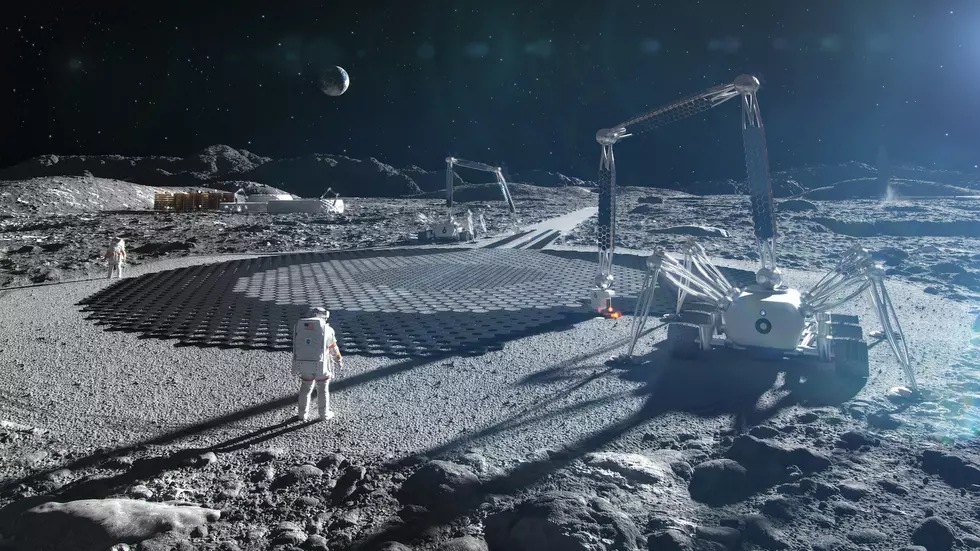![The Sun Had A Massive Explosion Yesterday! – [VIDEO]](http://townsquare.media/site/521/files/2015/06/Screen-Shot-2015-06-18-at-8.20.39-PM.png?w=980&q=75)
The Sun Had A Massive Explosion Yesterday! – [VIDEO]
There was a huge explosion on the Sun yesterday, here's what happened and what happens next.
The Sun 'burps' from time to time in what are called solar flares. These flares can throw off tremendous amounts of matter called coronal mass ejections. Billions and trillions of tons of matter are hurled into space at phenomenal speeds. Sometimes, these CME's are aimed toward Earth and that can cause problems. Fortunately, yesterday's CME isn't heading our way, however the next explosion might not miss. If this happens, the coronal mass ejection will arrive at Earth after 24 hours or more (depending on the speed) and will likely cause a geomagnetic storm with vivid auroral displays.
A coronal mass ejection (or CME) is a giant cloud of solar plasma drenched with magnetic field lines that are blown away from the Sun during strong, long-duration solar flares and filament eruptions. - Wikipedia
Two big sunspots are facing Earth: AR2371 and AR2367 are growing rapidly with unstable 'beta-gamma' magnetic fields that harbor energy for strong flares. NOAA forecasters estimate a 30% chance of M-class solar flares and a 5% chance of X-flares on June 19th.
Here is a video by NASA Solar Dynamics Observatory (Little SDO) showing the M3.0 solar flare that took place yesterday from sunspot region 2371 in the 193 Angstrom wavelength.
The last time I personally remember seeing the northern lights from Midland, was either 1967 or '69. Do you remember the last time you saw them?
More From Mix 97.9 FM









